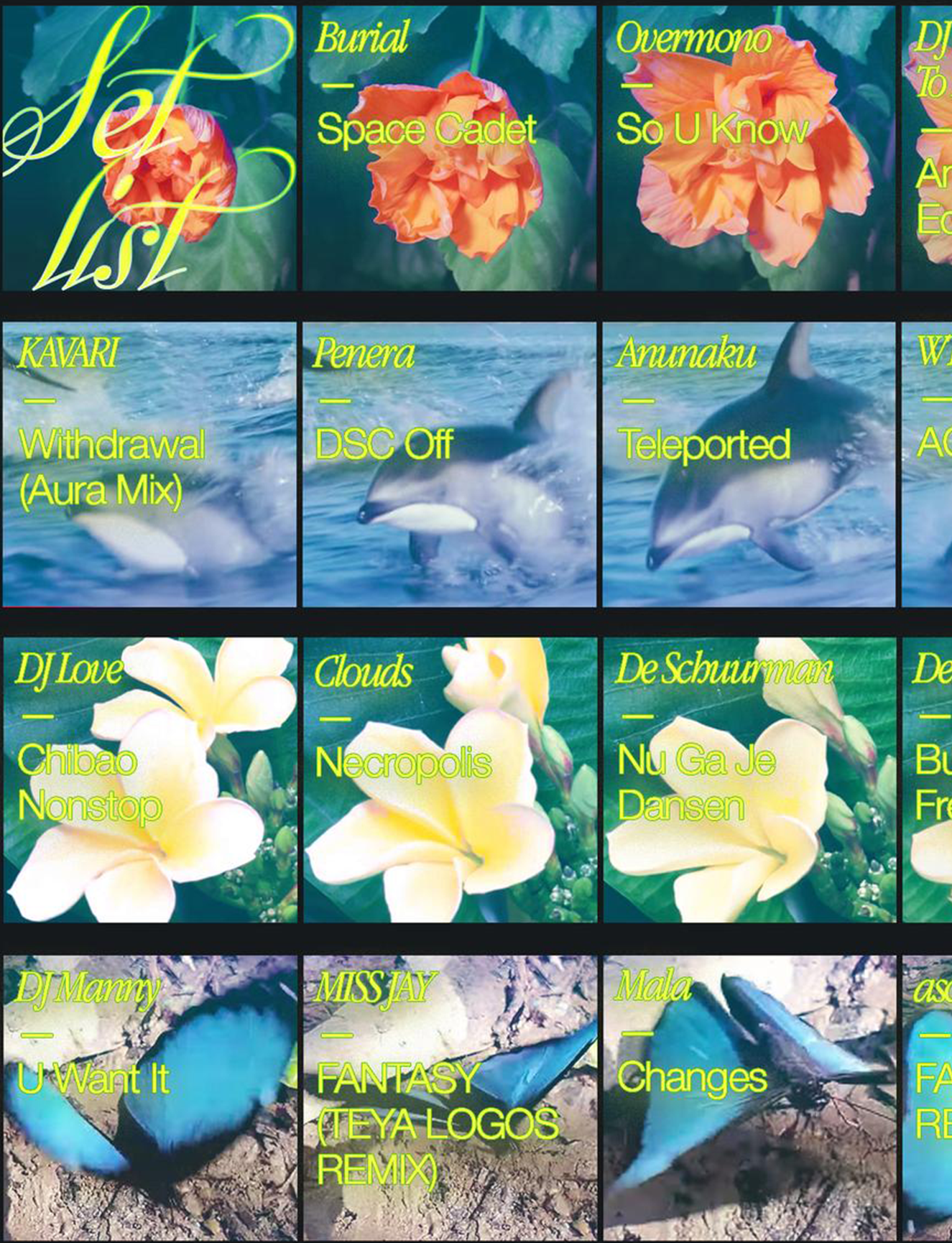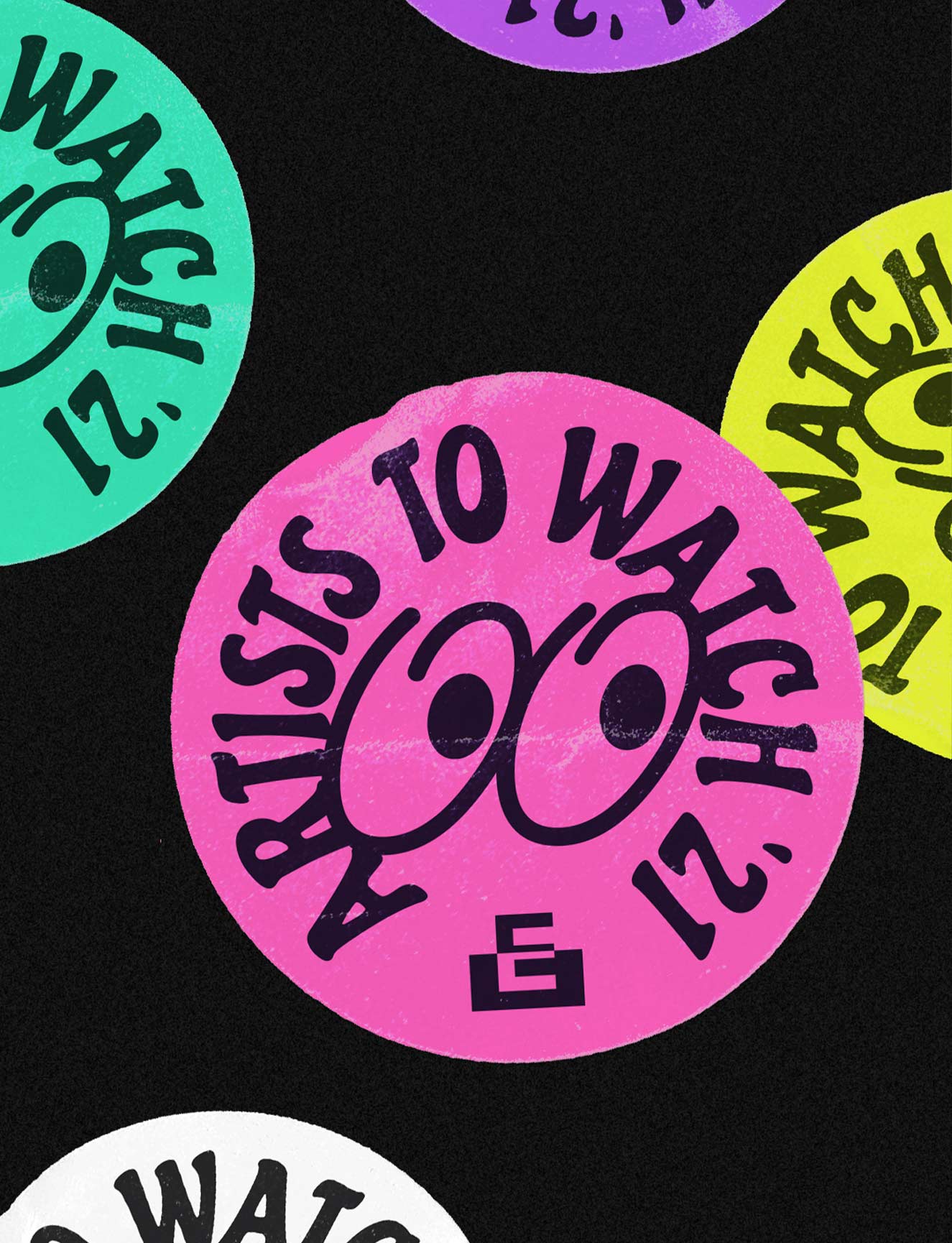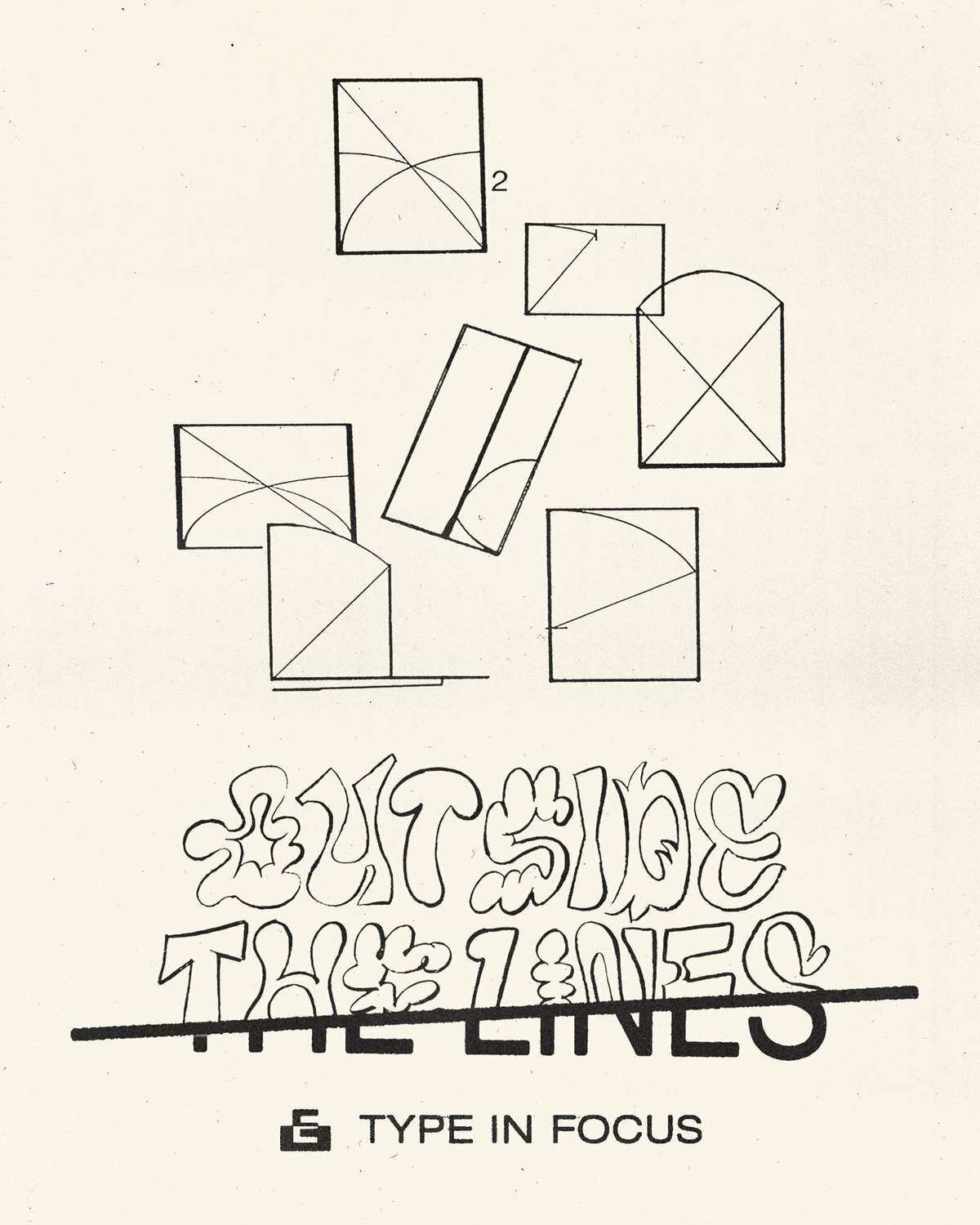Tropical Futures Institute was founded in 2015. Can you talk a little about your early motivations? What led you to launch the design strategy studio, and what did you envision for it when you started out?
TFI started as a placeholder alias for personal and collaborative projects that took place or were related to the tropics. The meaning of the name came from the lack of inclusive futures I saw in the design/speculative/Hollywood space; that narrative has since changed where we are seeing tropicality in the discourse in a number of ways. The use of the word ‘institute’ was a response to the lack of public or private institutions in the tropics; for example the national budget for cultural grants for the entire Philippines doesn’t even come close to a smaller city in Germany or Netherlands.
Aside from doing graphical and merchandise explorations about identity and recent history we collaborated with friends to do group shows, zine fests, talks and program a gallery space, 856G, in Cebu, Philippines.
There was never any grand plan

There was never any grand plan for what TFI would become as it ebbed and flowed between projects while I was working full time; scaling up is the trade off between doing a bunch of different things like art fairs, shows, merchandise, collaborations with other brands and one off projects.
Currently TFI consists of three people (Sayoka Takemura, Sasha Magallona and myself @dj_blockchain_algoriddims) we’ve been doing consulting for Art Dubai Digital, preparing fromm Art SG 2023 this coming January while working on an upcoming music EP with our friend egroj wine.
I’m interested that you grew up in Singapore, worked in New York for six years, and then decided to return to Asia. Do you think it’s important for artists, designers and creatives to work outside of what we might consider the obvious art capitals?
There are trade offs. I think if you’re coming from the periphery – whether it’s where you are from or you have a connection to a place – then finding some sort of meaning in a physical location to center your practice can be rewarding for oneself. I’m multi-racial and grew up in the tropics but then my American side is from New York. However after a few years of being in New York I had familial obligations in the Philippines and started to create a better understanding for that part of myself culturally by working there and participating in the cultural scene through my projects with TFI. I’ve been privileged to have lived in both a cultural center and periphery and understanding the dynamic between the two places.
So the TLDR; if you can and have some sort of relation to a space, then why not create a practice related to it, whether it’s a small project or something more long term. At the end of the day the centre is always harvesting from the periphery.
The centre is always harvesting from the periphery
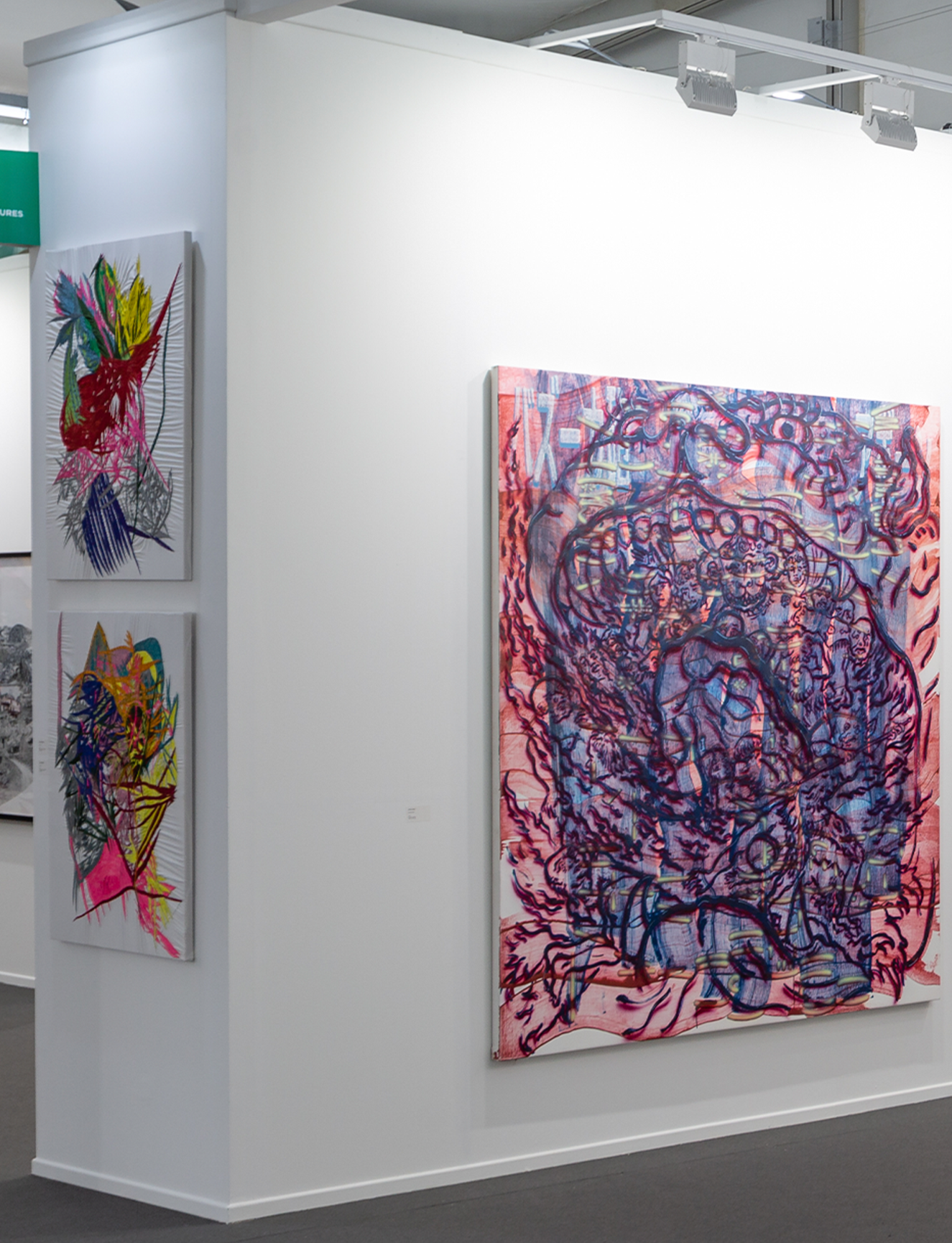
What is the creative scene in Cebu, and the Philippines more broadly, like? How does Tropical Futures sit within it?
The creative scene in the Philippines is amazing; you have local scenes spread out around the archipelago where people are doing their own things and have their own local dynamics. Cebu, the second largest city, has a dynamic scene around the city between a variety of different subcultures. However, like almost every country, continental dynamics of logistics, infrastructure and economics solidify the capital, Manila, as a cultural epicenter. With time scenes around the islands will grow; recently the surf culture around Siargao has started to foster an interesting dynamic of local and international creatives spending time on the island.
However I must say that since the pandemic we’ve been disconnected from our local practice on the ground. The space we used to work out of had to close down and other opportunities took us elsewhere as our work in Cebu ended. We are still very much in touch with people and groups in the Philippines digitally but it’s not quite the same as being on the ground.
We’ll still do our best to participate when and where we can; and most recently we’ve been connecting creatives interested in researching about the Philippines with our networks there.
Since its inception, collaborations seem to have been at the heart of what you do with Tropical Futures. What is it about collaborative projects that appeal to you so much, and what’s important to consider when it comes to facilitating meaningful creative collaborations?
It’s usually more fun and there is this element in a good collaboration where you’ll produce something you would have never produced on your own. The grey area in a collaboration when you come together with another person, group or brand has the potential to create something unexpected. I think we’re addicted to these unexpected outcomes.
We’re addicted to these unexpected outcomes
Patience, alignment, serendipity, conversations, and being vulnerable are key for us. It’s all pretty vague; but when it feels good it’s usually good.
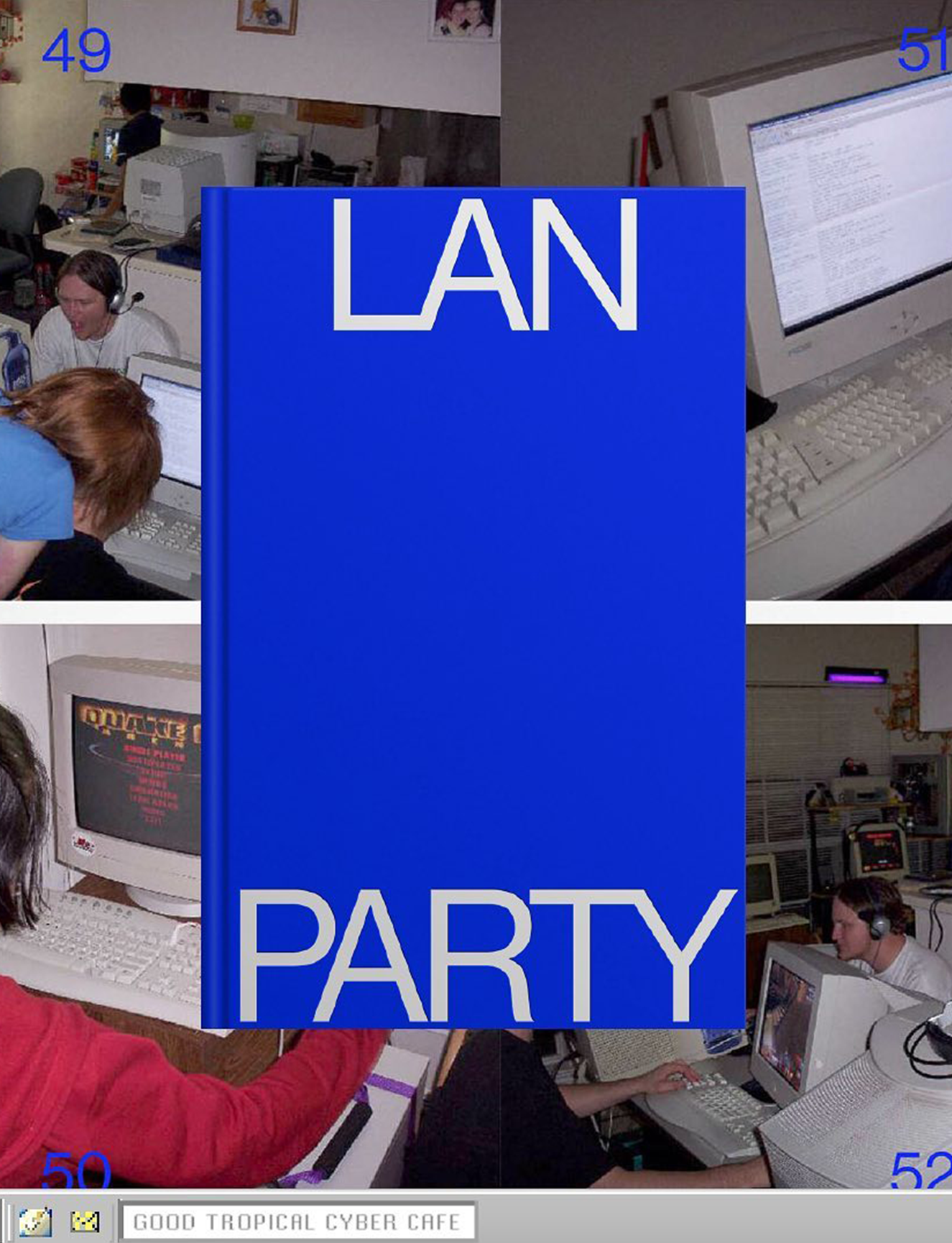
Your website mentions that you now focus on elevating early web3 tech startups and artists. I’m interested in the interplay between the physical work that you do, and this meta element. Why are you interested in web3, and how are you bringing it into your work?
That had always been a separate part of my own personal practice which has similar roots in design research and speculative design. Prior to starting TFI I had been doing research around mesh networks with another studio collective Very Soon Research Unit and that work led me to exploring crypto. It’s something I had always been doing on the side and in this most recent cycle there had been a lot more cross over which gave rise to several consulting opportunities and web3 related gigs. During the cycle we did our best to share our view and knowledge on what the tech means for the digital; we had the opportunity to curate a section for Art Fair Philippines in early 2021 and that led us to becoming one of the founding curators for Art Dubai Digital.
I love the story of the Philippines Love Song design, that it’s a riff on an album cover, and that for each reissue of the T-shirt a different artist will put their spin on it. Does this encapsulate the Tropical Futures approach?
It’s a bootleg re-edit of a pre-existing beautiful design that was on an album cover for a famous singer in the Philippines, Pilata Corrales. I added some vernacular typography elements with the distorted san serif fonts that list out the various tracks on the album. I stumbled across the album artwork at a music museum in Cebu, Philippines in 2014. Then I saw this book called Filipino Folk Foundry about different handscripts around the Philippines done by this collective Hardworking Goodlooking and I thought I’d love to do a T-shirt design that pushes this vernacular graphic design narrative with the self-referential identity. Drawing aesthetic elements from our immediate surroundings rather than emulating a modern/globalist aesthetic.
When I first printed the shirt it was just for some friends and family as a personal project trying to understand myself better. Since then though the graphic has morphed into something beyond that, some sort of representation of culture and identity in a contemporary form that doesn’t draw symbols and stereotypes you might have traditionally seen on a T-shirt or piece of design. So it takes a hybrid approach, which is what we try to do with almost all the things we do: full embrace of hybridity.
It takes a hybrid approach
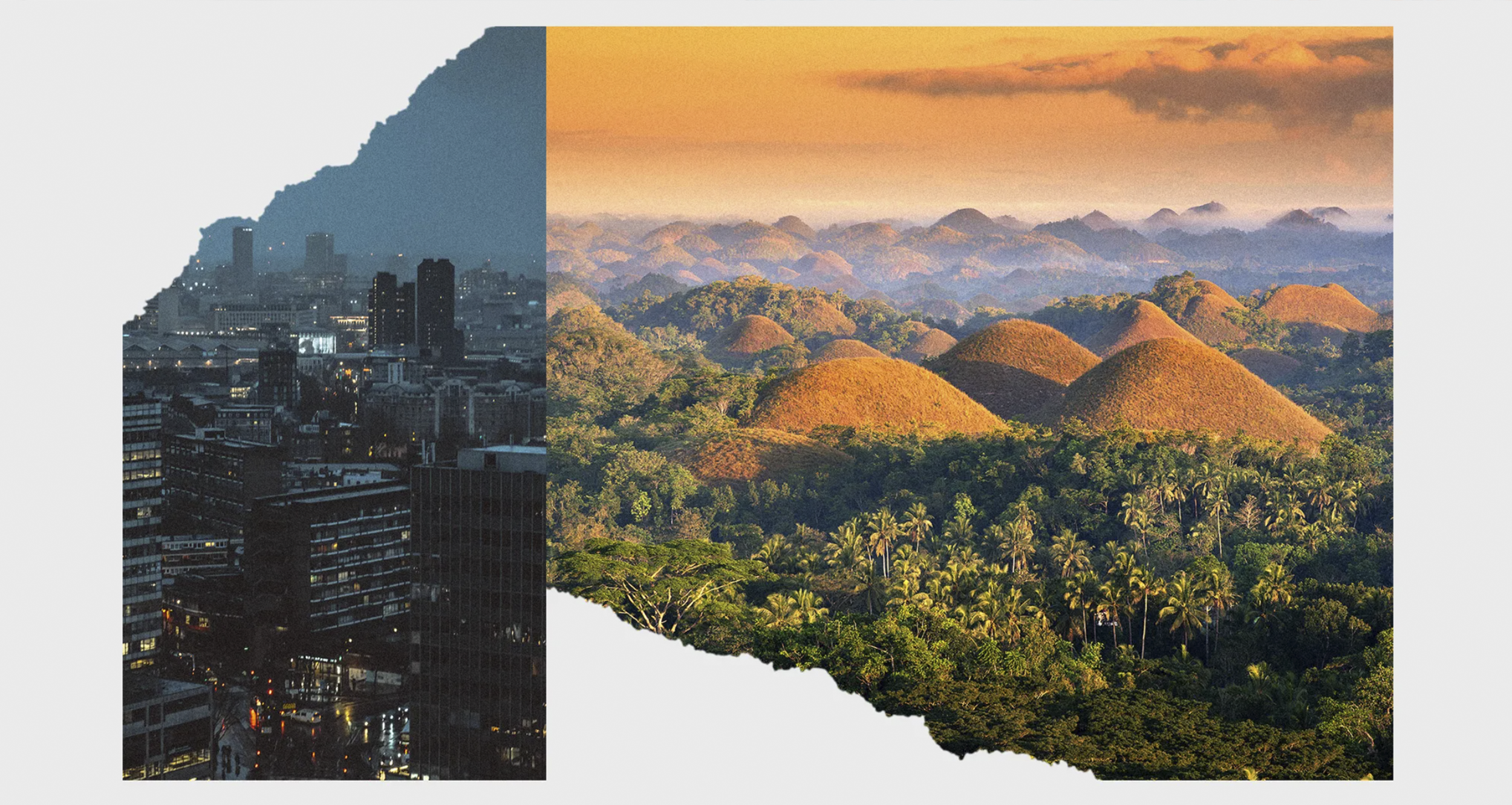
What’s on the horizon for Tropical Futures?
We are stepping away from doing traditional art fairs and exhibitions and focusing on collaborations with friends and our own personal projects. Over the last few years the commercial art side of things kind of took over unexpectedly; it has been fun but also it was never our main focus. So we’re taking a breather after doing Art SG in January and looking at going back to doing things more DIY with friends. I also think we are at an inflection point in continuing to look for our own narrative that brings meaning to the work that TFI puts out.
Read More: Najla Said Is Providing Representation



